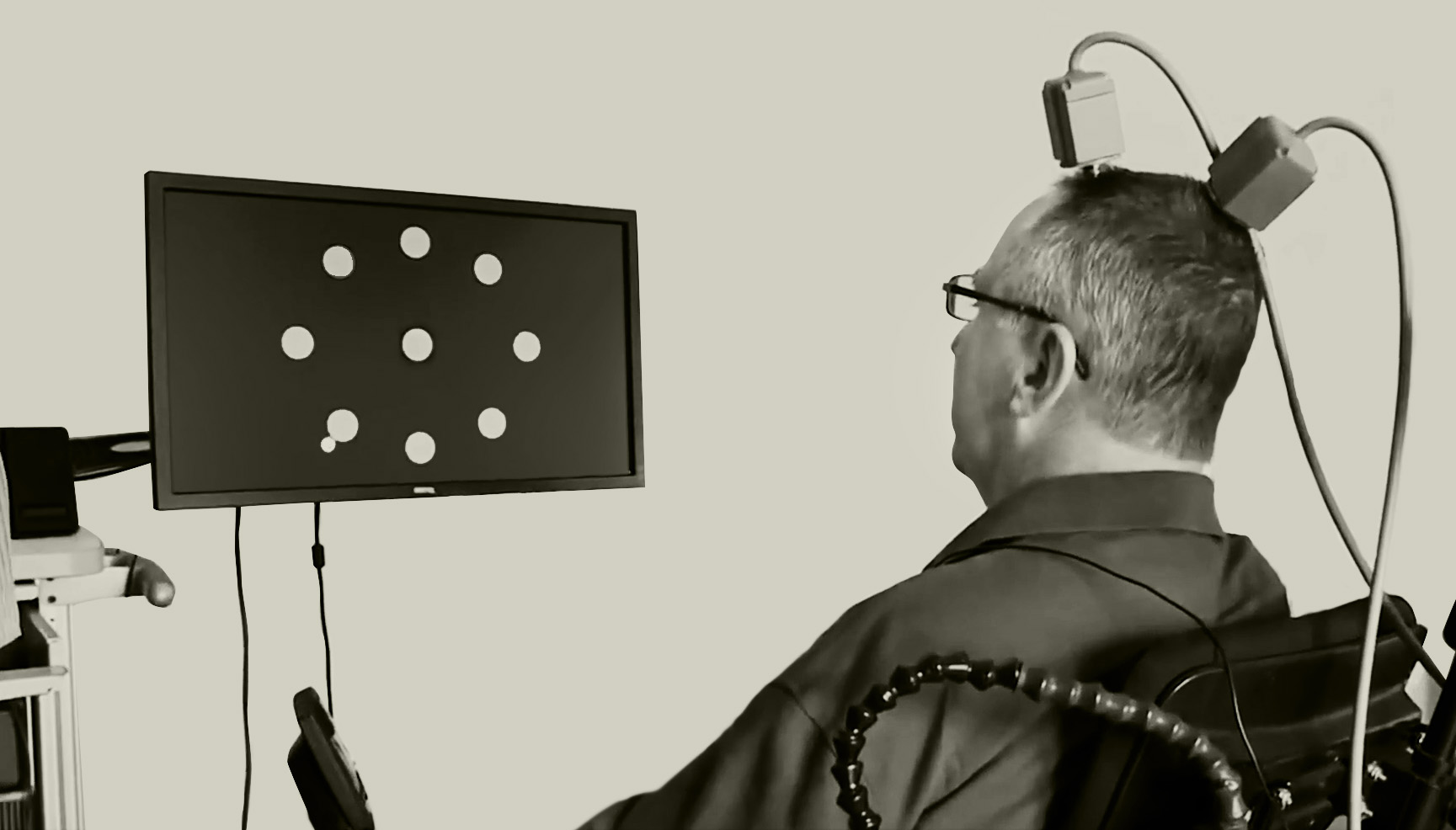slate | Why
do you think there’s this disconnect that might exist between what a
vaccinated parent is willing to do for themselves and what they might be
willing to do for their kid?
One
is that you feel a sense of responsibility to your children that
sometimes feels harder than to yourself, because you’ve been taking
risks with yourself your whole life. You’ve probably made some
reasonably risky decisions in your 20s, both with respect to sexual
activity and perhaps with substances—you’re used to understanding
tradeoffs. With kids however, we’re much more restrictive. And we feel
that we could be blamed. The dangers seem much bigger and the benefits
sometimes pale in comparison.
Of
course, weighing benefits and risks of vaccines is nothing new. That’s
why families turn to their pediatricians for advice. For years, doctors
have tried to increase vaccination rates and fight hesitancy. Did this
same struggle occur with earlier vaccines?
When
the varicella vaccine got approved in the ’90s, lots of parents were
like, “Why should I vaccinate my kid against chicken pox? It’s a nothing
big, minor illness. Everybody gets it.” And for a lot of people, that’s
true. But when adults get chicken pox, it’s massively bad.
Plus, some number of babies died every year of varicella infection. It
wasn’t huge numbers, but they were real numbers.
And
just a couple of years after we really started vaccinating kids, in the
early 2000s, zero babies died of chicken pox. That’s a huge win, given
that zero babies are immunized against chicken pox. You can’t get it
until you’re 1 year of age. But by vaccinating children, we’ve protected
everyone. And now today we have like 86 percent of eligible children
vaccinated, and chicken pox has largely gone away.
You wrote about your experience
as a young pediatrician, vaccinating kids with the varicella vaccine
against chicken pox. How did you break through to skeptical parents?
I
think it’s time and effort and it’s building up trust. I would talk
about risk and benefits. In fact, this is part of what we do with
everything. When parents are like, “I want an antibiotic for my kid’s
ear infection,” I talk about these are the benefits of it and these are
the risks.
It’s negotiation. It’s making sure people feel heard,
making sure that you understand what they’re going through, that it’s
not unreasonable and trying to find a solution that works.
In
your writing about varicella, I noticed that you said in 2008, only
about 34 percent of eligible adolescents were fully immunized. And by
2018, about 90 percent of kids have been vaccinated. That seems both
great, and made me think: Are we talking about immunizing kids against
COVID on a decade long timeframe? Is it going to take us 10 years?
Unless
we have mandates, yeah, I think it is because, and, to be honest with
you, we won’t get all the way there without mandates. Let’s be clear
too. I can’t win 90 percent as a pediatrician. I just own that. It’s not
going to happen. You need these to become so expected that the school
system’s requiring it. The default has to be “vaccinated,” so that most
people will do it.

